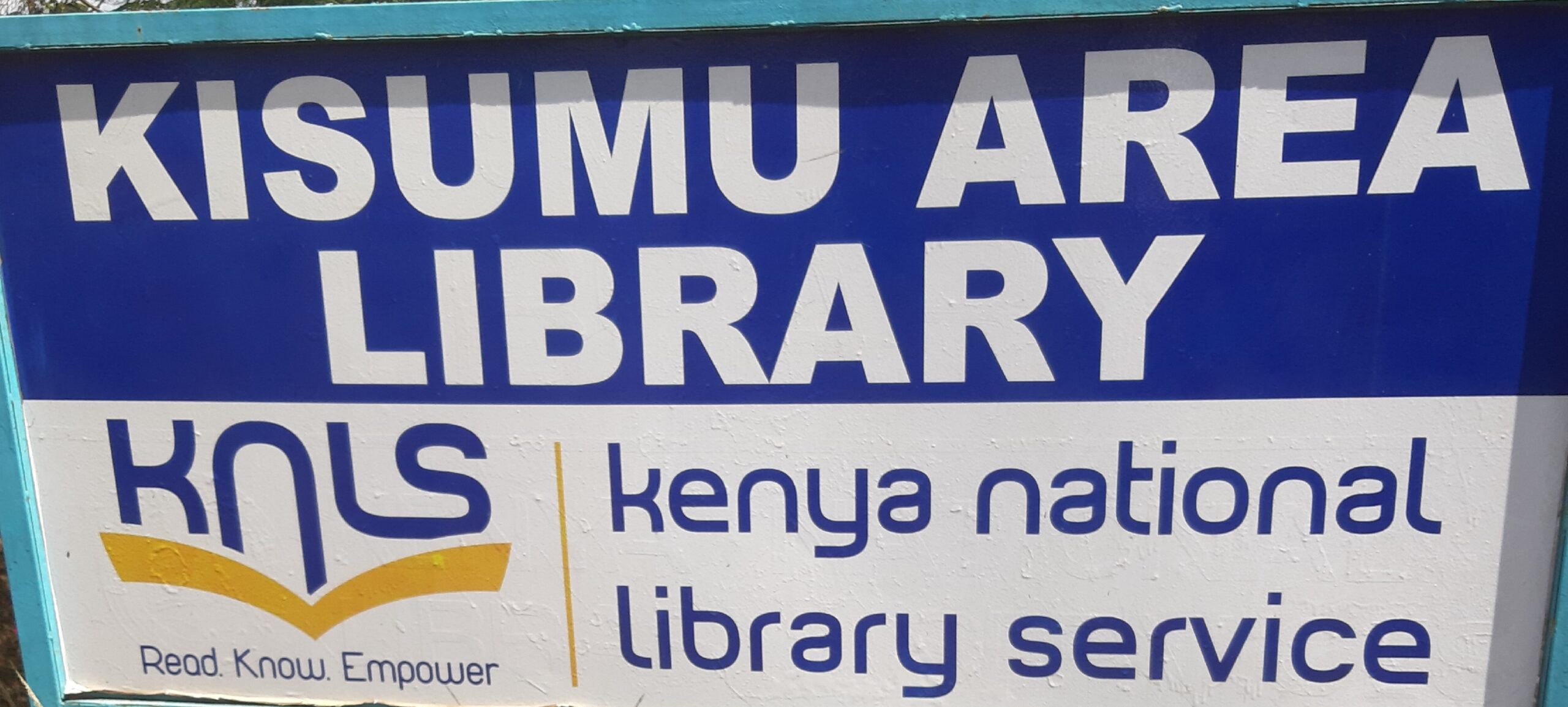OPINION: Media Freedom In Kenya Under Renewed Threat

By Ohaga Ohaga‘’Freedom of the Press, if it means anything at all, means the freedom to criticize and oppose’’ – George Orwell.
Each year on May 3, the world commemorates World Press Freedom Day. An event that has been held since 1993 when it was proclaimed by the UN General Assembly following the recommendation of UNESCO’s General Conference in Windhoek in 1991.
The object of this day, among many things, according to UNESCO is to act as a reminder to governments of the need to respect their promise to media freedom. It is a day of reflection among media professionals about issues of press freedom and professional ethics; a day of support for media which are targets for the restraint, or abolition, of press freedom, and a day of remembrance for those journalists who lost their lives in the pursuit of a story.
Thirty years since the historic Windhoek Declaration, the goals are still as relevant today as they were three decades ago. However, even with the Windhoek Declaration and several international laws and treaties, media freedom is still considered a privilege rather than a fundamental human right by many governments and authorities across the world. Journalists and publishers are often harassed, attacked, tortured, detained, and even murdered while media houses get invaded and some torched while publications are censored, fined, suspended, or even closed down. A long road to media freedom The media in Kenya has come a long way in fighting for its rightful space in this country.
From the dark days of constant threats, harassment, and intimidation by the government, to unfettered control and mistrust by the ruling elite, and oppressive rules coupled with a lack of legislation that expressly defended the workings of the press, the media has made great strides in professionalizing its operations. However, even with these achievements, the media in Kenya has still come under heavy attack particularly from the State and state agencies.
During this year’s celebrations, ARTICLE 19-Eastern Africa reported at least 51 cases of attacks against individual journalists, including 9 female journalists, between May 2020 and April 2021. Out of the 51 incidents, 25 took place between the last and first quarters of 2020 and 2021 respectively. The attacks according to ARTICLE 19 Eastern Africa varied from threats, intimidation, harassment both online and offline, physical assaults, invasion of media houses, and in some extreme cases, killings. Police officers lead in these crimes against journalists and media workers, the report concluded.
Journalism has never been a crime. But the Kenyan government and other state operatives have treated journalists as criminals often arresting them at will or subjecting them to repressive laws. The Kenyan government has perpetually aimed its guns at the media for among many other things, shining the spotlight on dark deeds it would rather keep hidden. For instance, On April 20, George Kinoti, the head of the Directorate of Criminal Investigations (DCI), announced his intentions of summoning Purity Mwambia and members of the senior management of Citizen TV for questioning.
He accused Citizen TV of ethical breaches in an April 18 investigative piece dubbed ‘’Guns Galore” and “Silaha Mtaani”, in which the station had carried out a year-long investigation documenting a network of brokers and police officers who allegedly rented police equipment including guns, uniforms, and handcuffs to criminals. Kinoti termed the report “false but injurious to the stability of the country” and a “deliberate, malicious attempt” to humiliate police and to create “public pandemonium.” Kinoti’s act was widely condemned by media practitioners and observers.
Many Kenyans believed the DCI was victimizing and threatening the investigative reporter for bringing to light the dark deeds of the Kenyan police. Media observers like the Media Council of Kenya and the Kenya Editors Guild felt that instead of summoning the journalist, the DCI ought to have started an investigation to weed out rogue cops in the system. Impunity and violence against the media But it’s not just that alone, there have been sustained violence and physical attacks on individual journalists and the media over the last twelve months.
For instance, on September 8, the Daily Nation ran a story titled ‘Eight governors on graft hit list’ that claimed that there was the imminent arrest of Kirinyaga Governor Anne Waiguru, Mohamud Ali (Marsabit), Amason Kingi (Kilifi), Alex Tolgos (Elgeyo-Marakwet), Ali Korane (Garissa), Wycliffe Wangamati (Bungoma), Charity Ngilu (Kitui) and Mwangi wa Iria (Murang’a) on allegations of abuse of office and corruption. Following that publication. the Council of Governors threatened to stop advertising with the Nation Media Group over its sustained exposure of corruption in the counties. Mr. Oparanya, who is the Governor of Kakamega County and ex-Chair of the council, claimed the stories highlighting corruption in the devolved units was part of a smear campaign and warned that any other media house that carries stories portraying governors in a negative light will also be blacklisted.
That aside, On December 2, 2020, armed police reportedly raided Anguo FM station based in Voi town, Taita Taveta County. The raid followed an interview by the station of a student leader from the Coast Institute of Technology over a students’ strike at the institution. Moreover, in February 2021, the Governor of Taita Taveta County allegedly verbally attacked Keith Simiyu, a Royal Media Services journalist. The Governor accused him of bias in his reporting. Following this, supporters of the Governor reportedly almost lynched the journalist but security officers who were at the venue prevented the attack.
Additionally, on 4 March 2021, United Democratic Alliance Party supporters reportedly attacked four journalists, Regina Wangui, Kigotho John Mwangi, Evans Asiba, and Elijah Cherutich. The journalists were covering a by-election at the Milimani Primary School, London Ward, Nakuru County, and reportedly sustained serious injuries from the assaults. On 4 April 2021, police arrested David Omurunga, a journalist with Milele FM radio at around 8.10 pm, while he was walking home from work.
Despite him presenting his identification card including the official press card, the officers assaulted him and bundled him into a waiting police van for violating 8 pm to 4 am curfew protocols. The police also confiscated his video and voice recorder and both his national identification and press card. On 24 April 2021, police beat and injured nine journalists in Makumi, Mbeere South, Embu County. The journalists were covering a story regarding the forceful eviction by police officers of families from a contested land, said to belong to Tana and Athi River Development Authority (TARDA).
This was the second time police beat journalists covering stories over the same disputed land. The same had happened on 13 May 2020 where the police had assaulted and arrested three journalists reporting on a demonstration by residents over the demarcation of the land claimed by TARDA. These are just but a few cases that highlight the myriad attacks on the media. Whereas the victims [journalists] have reported the assaults to the police, there is almost no case or evidence to show that a single police officer was ever arrested and prosecuted for his/her crimes.
It is this culture of impunity that perhaps has inculcated the lack of accountability from the security agents that consider journalists as criminals rather than messengers. According to the Reporters without Borders’ 2021 World Press Freedom Index evaluating the state of journalism in 180 countries and territories, Kenya was ranked 102. An improvement from 2020 where it was ranked 103. Even though it showed slight improvement, the press freedom situation was still classified as “problematic” by the organization.
Laws and Treaties Kenya is a member of the United Nations and has ratified many UN Human Rights Conventions and thus making an obligatory international commitment to observe the standards laid down in the said universal human rights documents. One such is the International Covenant on Civil and Political Rights; The Universal Declaration of Human Rights which envisages under Article 19; freedom of the media as a fundamental human right, and The Convention against Torture and other Cruel, Inhuman or Degrading Treatment or Punishment among others.
As a signatory to the above, Kenya is expected to protect media workers from threats by state and non-state agencies and defend human rights. Suffice to say, the Constitution of Kenya (2010) envisions under Chapter 4, Part 2, Section 33, 34, and 35 the freedom of expression; freedom of the media, and access to information respectively. Kenya must therefore address the insolences that foster the culture of impunity among state operatives and the political class.
It must re-dedicate itself to the treaties and laws it is a signatory to and aim to defend and protect journalists and media practitioners. Going forward Kenyans must realize that the responsibility of media freedom doesn’t lie with the State or the political class but with every citizen of this country that values democracy and rule of law. Kenyans must know that there is no democracy without the media. Media is the fulcrum upon which democracy rotates. Media advocates for accountability.
It champions the respect of human rights. It exposes evil deeds in society. Media speaks truth to power. But to do the above, the media must be vibrant, and independent, and void of state interference and control. The media must feel safe and secure. This is a collective responsibility of every member of the great republic of Kenya.
This article was published by Citizen Digital on May 5, 2021
Link to article>>https://www.citizen.digital/opinion-blogs/opinion-media-freedom-in-kenya-under-renewed-threat-11102424





